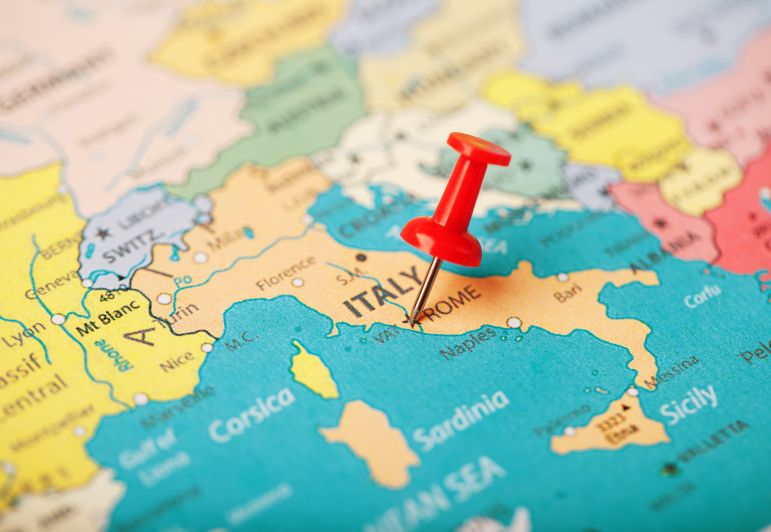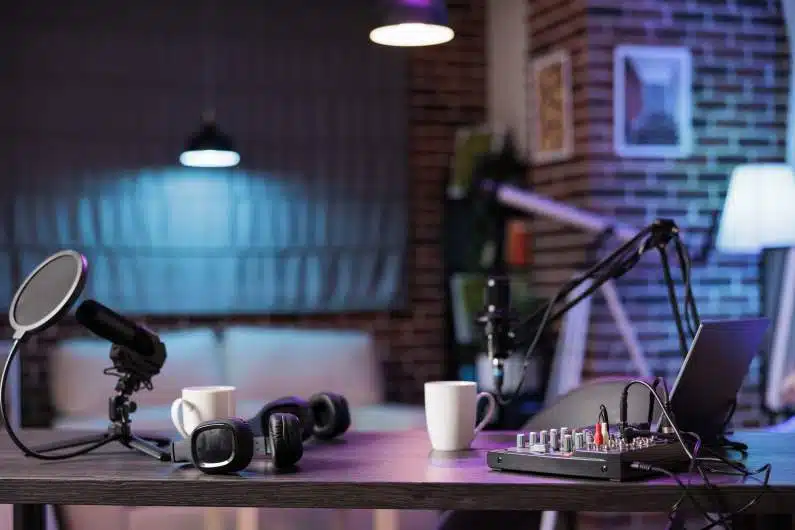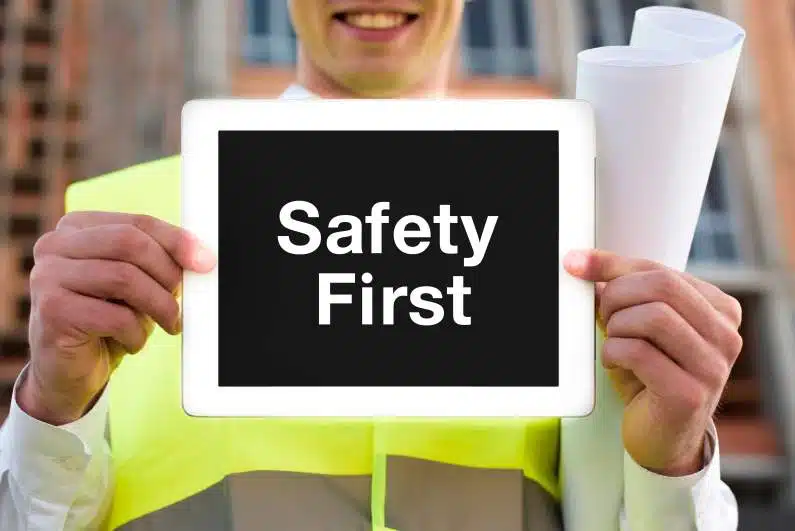Since its industrialization after World War II, Italy has become the world’s eighth-largest industrial economy. One of the country’s strengths is manufacturing, primarily in small and medium-sized, often family-owned, businesses.
Italy’s main industries include tourism, machinery, clothing and textiles, iron and steel, motor vehicles, chemicals, footwear, food processing, and ceramics.
We’re going to take a look at three of Italy’s most thriving industries and the role that translation in the Italian economy plays in each sector.
Travel and Tourism
Italy has always been a tourist hotspot. In fact, according to the World Tourism Rankings, it’s the fifth most visited country in the world. That statistic is hardly surprising, given that Italy has 55 UNESCO World Heritage Sites.
It almost goes without saying that a need for translation services goes hand in hand with the travel and tourism industry. But what kinds of texts need to be translated?
Here’s a small selection:
- Brochures, leaflets, and welcome packs
- Accommodation and attraction websites
- Travel guides
- Blogs
- Audio guides for tourist attractions
- Signage
- Advertising
As with all types of translation, translating content for the travel and tourism industry presents particular challenges and requires specific skills. Let’s take a travel brochure as an example.
Brochures have the combined function of tempting the reader to visit the location and giving them practical information, all in a relatively small space.
Translators may have restrictions such as strict word counts and photos which have to make sense with the written content. Because of this, it’s important to hire translators specialized in the tourism sector.
Italian Fashion Industry
In addition to delicious cuisine and stunning tourist attractions, Italy is famous for its fashion industry. Milan fashion week is one of the big four (along with Paris, New York, and London) and some of the most famous names in fashion are Italian.
Versace, Prada, Gucci, Dolce & Gabbana, Roberto Cavalli, Gucci, Giorgio Armani, Moschino, Valentino, Fendi…the list goes on.
All this fame and reputation translates into finances. Fashion is one of the biggest industries in Italy and has grown by 3% on average every year in the last decade.
Italy also ranks 6th in the list of exporting countries of the textile and apparel industry and is producing a large range of E-textiles (fabrics that enable digital components), keeping the country at the cutting edge.
Fashion is a truly international business, with design, manufacturing, and sales/distribution often happening on opposite sides of the globe.
This is amplified by the fact that apparel is one of the biggest sellers online. In fact, it’s predicted that by 2023 there will be 300 million online shoppers in the US alone, a whopping 91% of the population.
This means that businesses that sell apparel suddenly have a vast customer base. They aren’t restricted by borders; their customers can be based on the other side of the world.
But to reach them effectively, they need high-quality translations of their websites and online content.
Hiring experienced professionals to translate their websites and business documents opens businesses up to new markets.
The Challenges of Fashion Translation
Something that makes fashion translation complicated is the common usage of foreign words (loan words), often because they appear more sophisticated or fashionable. Many English words are used in texts written in other languages.
For example, on a Spanish clothes website you might see ‘vaqueros boyfriend’ (boyfriend jeans) instead of the direct translation ‘vaqueros novio’.
Meanwhile, English has adopted many French terms, such as ‘haute couture’.
Knowing when to use loan words takes familiarity with the target language and culture. Their usage can even vary between countries that speak the same languages.
If we return to the example of jeans, for instance, in Spain the term used to describe denim trousers is ‘vaqueros’ (literally meaning ‘cowboys’) whereas in many Latin American countries they simply use the English ‘jeans’.
Working with professional translators helps companies avoid making these kinds of mistakes in their international copy.
Some common texts translated for the fashion industry include:
- Product descriptions
- Catalogs
- Websites, apps, social media, and blogs
- Advertising
- Shop displays
- Labeling
A Respected Automotive Industry
Despite Italy not being the largest car manufacturing country in the world (though it ranks in the top 20), automobiles make up a significant part of its economy.
These days, Fiat dominates the Italian automotive industry, producing around 90% of the country’s vehicles.
Italy is known for its sports cars, supercars, and small city cars, and some of the most famous automobile brands, such as Ferrari, Lamborghini, and Maserati hail from the country.
There are many types of translation for the automotive industry that cover different stages of the process of designing, manufacturing, and selling automobiles.
A lot of the texts are very technical and must meet certain standards. Existing knowledge of and proven experience in the industry is vital for translators.
Some of the kinds of documents that need to be translated are:
- Manuals (user, diagnosis, service, training, and maintenance)
- Technical brochures and bulletins
- Safety documentation
- Warranty documentation
- CAD designs
- Marketing material
If your company is looking for a professional translation service to handle your Italian translations in any of the industries mentioned above, look no further.
BeTranslated’s experienced native translators provide quality service, every time. For more information or a free, no-obligation quote, get in touch today.





